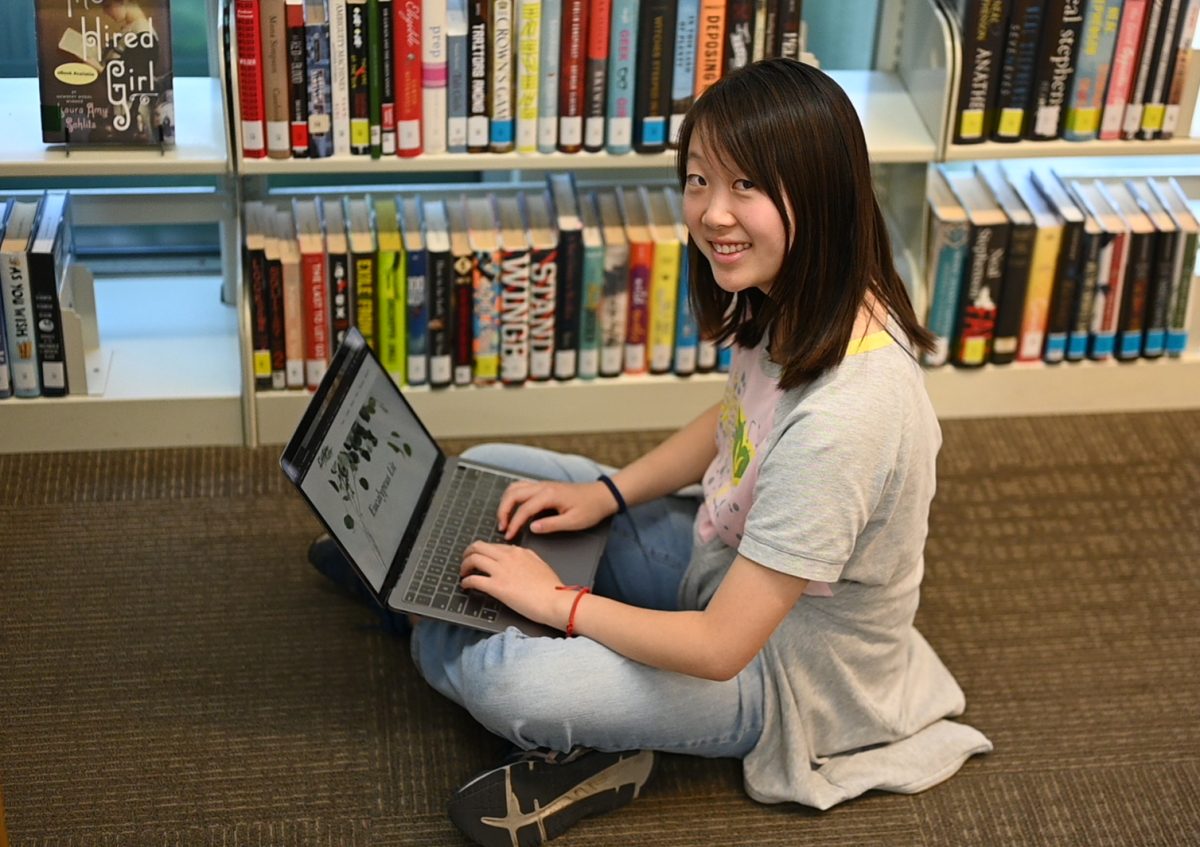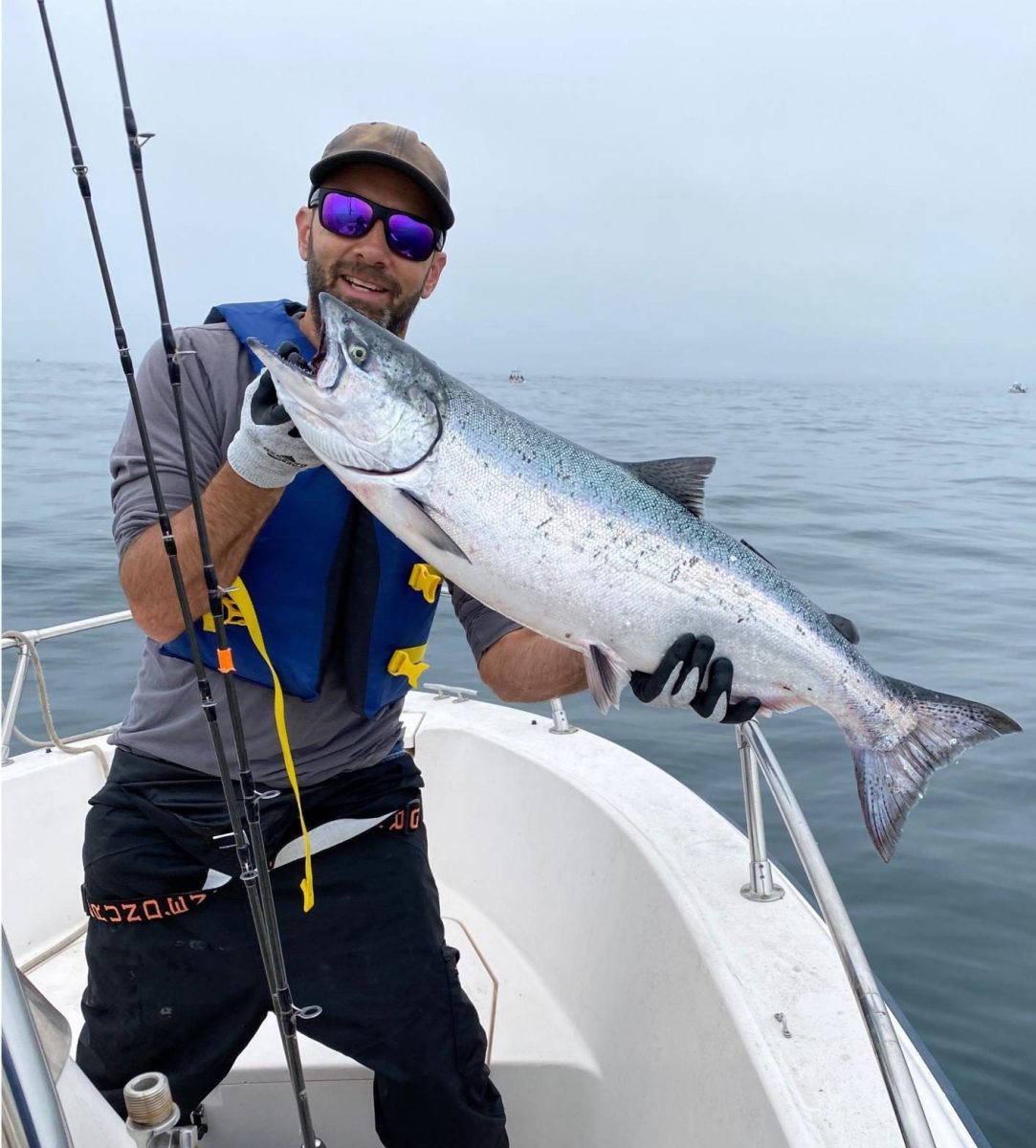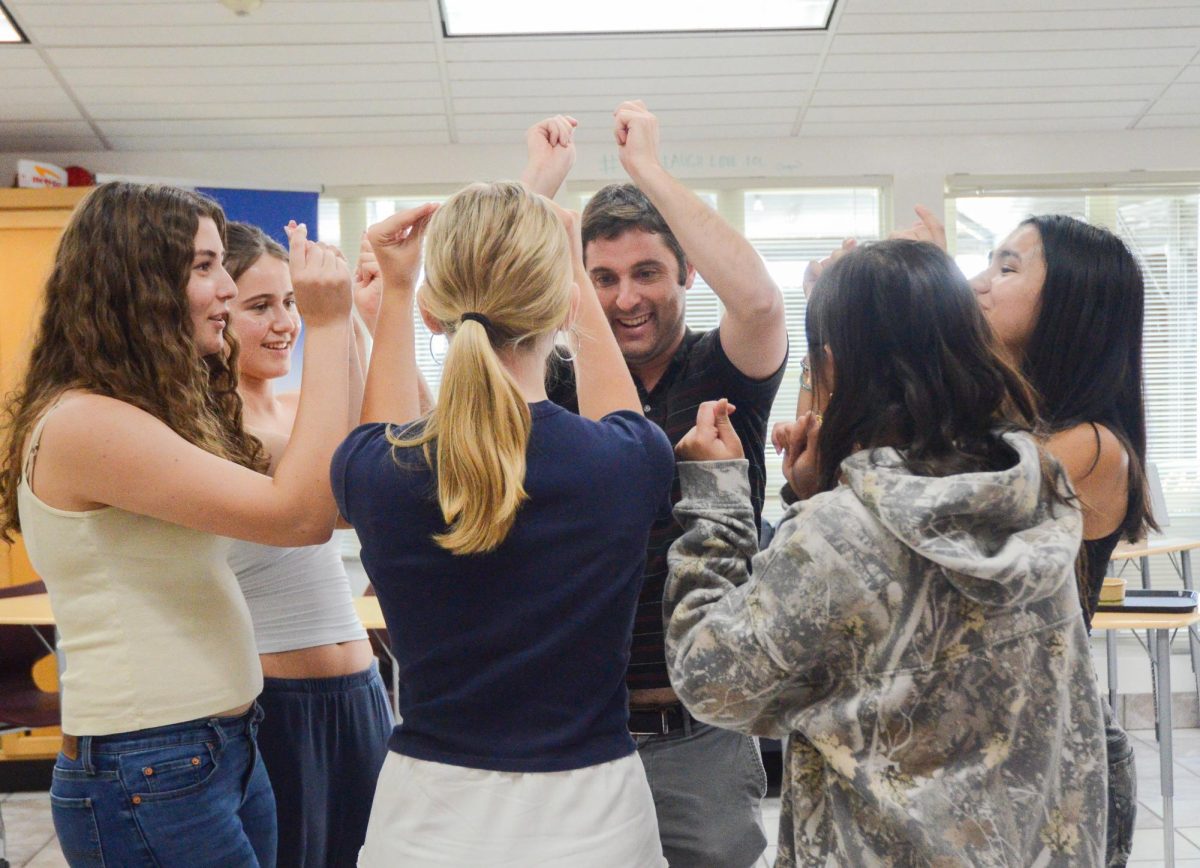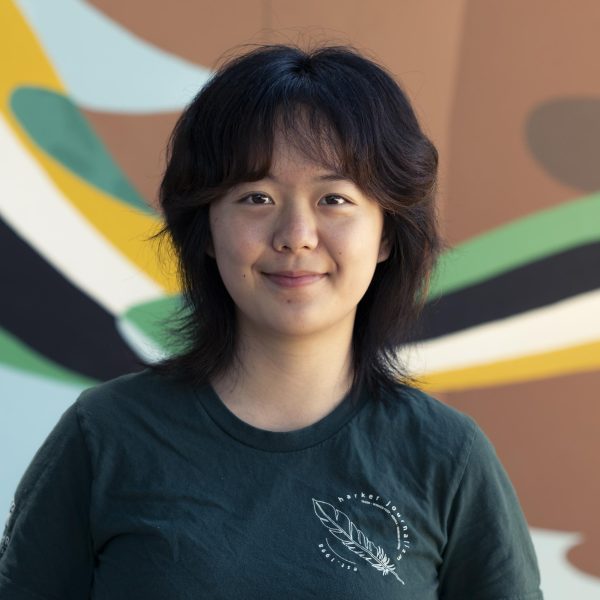Writing does not need to be just a classroom assignment — it can be a way of speaking to the world. Through something as simple as submitting a piece of poetry or prose to a Google Form, or copy-pasting their work into a submissions box in a website, young writers can publish and share their words with an audience from around the globe. Youth-run literary magazines help draw new writers into a space they never knew they could own.
In recent years, youth literary magazines experienced a surge in popularity and growth as student writers began to solidify their place in the larger literary world. Co-Managing Editor of Eucalyptus Lit Nina Stadermann reflected on the role of these magazines in the literary sphere.
“It’s not only student writers who are submitting,” Nina said. “It’s any kind of up-and-coming writer. Almost every single writer, even the ones who have gotten accepted into really big magazines, will always start with smaller publications like ours.”
Student writers uplift one another, joined by their common goal to improve their craft. Co-Editor-in-Chief of Eucalyptus Lit Iris Cai (12) emphasized how the collaborative environment not only nurtures individual talent but also strengthens the collective spirit of their publication.
“I hope to foster a sense of community among teen writers,” Iris said. “Our team is not only working together to help spread other voices, but we’re also helping each other grow and improve as well. We’re like a big family, and that means a lot to me.”
Youth magazines distinguish themselves from more established magazines by offering emerging writers opportunities they might not find elsewhere. These young writers recognized that with the platform they had, it was important to uplift other youth writers.
“We have higher acceptance rates than the ‘famous’ magazines,” Nina said. “It gives people a place to get started, something to put on their resume and say that they have been published before, instead of constantly accumulating rejections.”
An area where student-led magazines in particular manage to succeed is in their social media presence. Many magazines found their audience after only a few publications by marketing and advertising through platforms such as TikTok and Instagram Reels. Poetry editor at Aster Lit and Arrowhead Review Angie Yeung noticed how a distinct publication aesthetic allowed journals to more strongly resonate with their audiences.
“There have been really popular magazines who have skyrocketed in popularity even after having just published one or two issues,” Angie said. “They utilized a lot of interesting sounds that were trending. That was very innovative, considering that magazines used to not engage with a lot of social media.”
Prospective editors for literary magazines need to have an open mind and be able to adjust their filter for specific pieces. Recognizing that writing comes in many forms and stages of development is a crucial skill for staff members of any magazine.
“You need to have a mind that can open and close by certain degrees as needed,” Nina said. “You need to be able to raise and lower your standards depending on the context; to assess any work, not only for what is wrong, but also what is right; to compare two works that might be very different, while also being excited to read something that is new and also not getting too dejected about reading something old.”
For international students, these magazines serve as a unique entrance into the English writing space. Journals offer a platform to connect with a global community and gain valuable experience in a field that might otherwise seem distant. By engaging with a variety of voices and learning from established writers, younger writers can build confidence and find their place within the broader literary world.
“These literary magazines inspire me to take English-related subjects,” Angie said. “While literature has always impacted me a lot, I live in Hong Kong, so English is already a very niche subject here. But I realized that a lot of people have the same dream as I do: to excel in writing. That really inspired me to be more confident in myself.”
Many student literary magazines also place a special focus on bolstering young writers. Editor-in-Chief of the Winged Penny Review Helen Gu (11) emphasized providing not just a platform for their work but also personalized support to help them grow as authors.
“I try to support young writers,” Helen said. “If there are any young authors that are submitting, I reach out to them and ask them how I can support their writing goals or provide advice and feedback.”
Experiencing this support from the community around them, editors often motivate themselves to improve their own craft. The collaborative nature of literary magazines fosters personal growth and professional development: as editors receive and give constructive feedback in a nurturing environment, they also are able to better understand their own strengths and areas for improvement.
“Working for these magazines with this community encouraged me to work much harder to give submissions more valuable advice,” Angie said. “That made me respect writing in general even more and humbled me in sort of different ways. While working alone, you don’t understand your weaknesses and blind spots; with the other people helping you, it broadens your horizons a lot.”
As student writers mature and improve their craft, the alumni network still remains consistently involved with the younger members of the community. Professional support of student journals creates a sense of solidarity and exemplifies the need for a collective effort to nurture and advance the craft of writing.
“The support I get from older members of the writing community is really heartwarming,” Helen said. “A lot of them will send us really kind messages or find ways to support us, and that’s just really sweet to see: how the writing community is so diverse in terms of age. But we’re still trying our best to support this industry as a whole.”
The interaction between writers and editors often leads to a richer understanding of the literary process and its realities. Both parties gain insights into the intricacies of publication, from submission to final edits, demystifying what might seem like a distant or unattainable goal.
“The more I engage in the literary world, the more real it appears,” Nina said. “And it seems like I could actually do this if I applied myself to it; I could actually seek out these small publications and build up credibility, and I could actually get my work published somewhere, and actually engage with other writers and attend workshops. Knowing the details of it gives me an understanding of how I might begin.”


















![“[Building nerf blasters] became this outlet of creativity for me that hasn't been matched by anything else. The process [of] making a build complete to your desire is such a painstakingly difficult process, but I've had to learn from [the skills needed from] soldering to proper painting. There's so many different options for everything, if you think about it, it exists. The best part is [that] if it doesn't exist, you can build it yourself," Ishaan Parate said.](https://harkeraquila.com/wp-content/uploads/2022/08/DSC_8149-900x604.jpg)




![“When I came into high school, I was ready to be a follower. But DECA was a game changer for me. It helped me overcome my fear of public speaking, and it's played such a major role in who I've become today. To be able to successfully lead a chapter of 150 students, an officer team and be one of the upperclassmen I once really admired is something I'm [really] proud of,” Anvitha Tummala ('21) said.](https://harkeraquila.com/wp-content/uploads/2021/07/Screen-Shot-2021-07-25-at-9.50.05-AM-900x594.png)







![“I think getting up in the morning and having a sense of purpose [is exciting]. I think without a certain amount of drive, life is kind of obsolete and mundane, and I think having that every single day is what makes each day unique and kind of makes life exciting,” Neymika Jain (12) said.](https://harkeraquila.com/wp-content/uploads/2017/06/Screen-Shot-2017-06-03-at-4.54.16-PM.png)








![“My slogan is ‘slow feet, don’t eat, and I’m hungry.’ You need to run fast to get where you are–you aren't going to get those championships if you aren't fast,” Angel Cervantes (12) said. “I want to do well in school on my tests and in track and win championships for my team. I live by that, [and] I can do that anywhere: in the classroom or on the field.”](https://harkeraquila.com/wp-content/uploads/2018/06/DSC5146-900x601.jpg)
![“[Volleyball has] taught me how to fall correctly, and another thing it taught is that you don’t have to be the best at something to be good at it. If you just hit the ball in a smart way, then it still scores points and you’re good at it. You could be a background player and still make a much bigger impact on the team than you would think,” Anya Gert (’20) said.](https://harkeraquila.com/wp-content/uploads/2020/06/AnnaGert_JinTuan_HoHPhotoEdited-600x900.jpeg)

![“I'm not nearly there yet, but [my confidence has] definitely been getting better since I was pretty shy and timid coming into Harker my freshman year. I know that there's a lot of people that are really confident in what they do, and I really admire them. Everyone's so driven and that has really pushed me to kind of try to find my own place in high school and be more confident,” Alyssa Huang (’20) said.](https://harkeraquila.com/wp-content/uploads/2020/06/AlyssaHuang_EmilyChen_HoHPhoto-900x749.jpeg)










